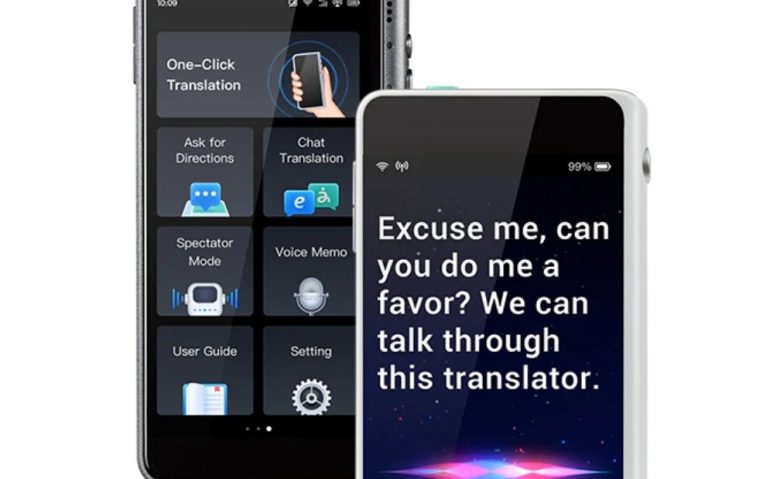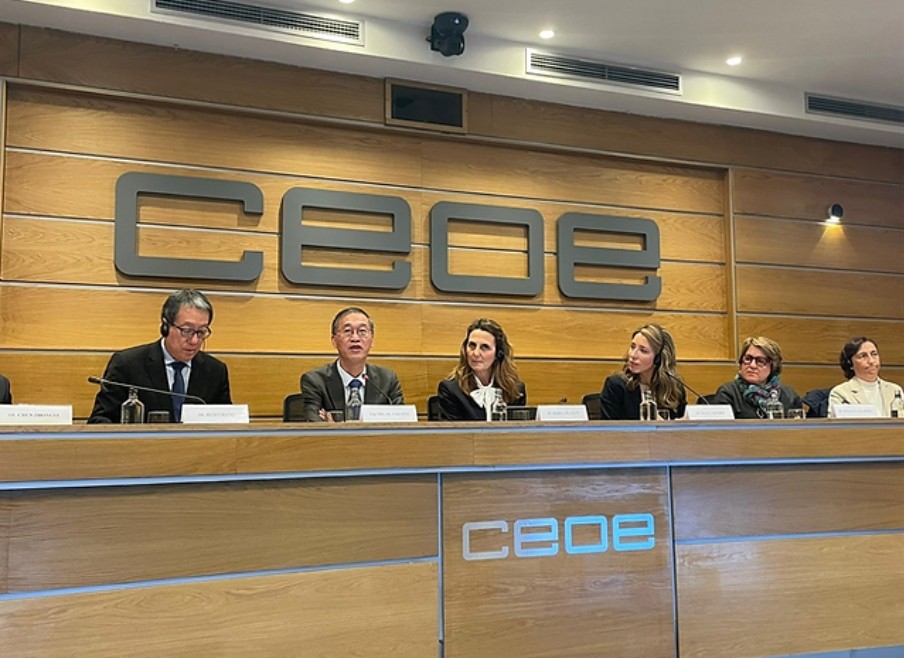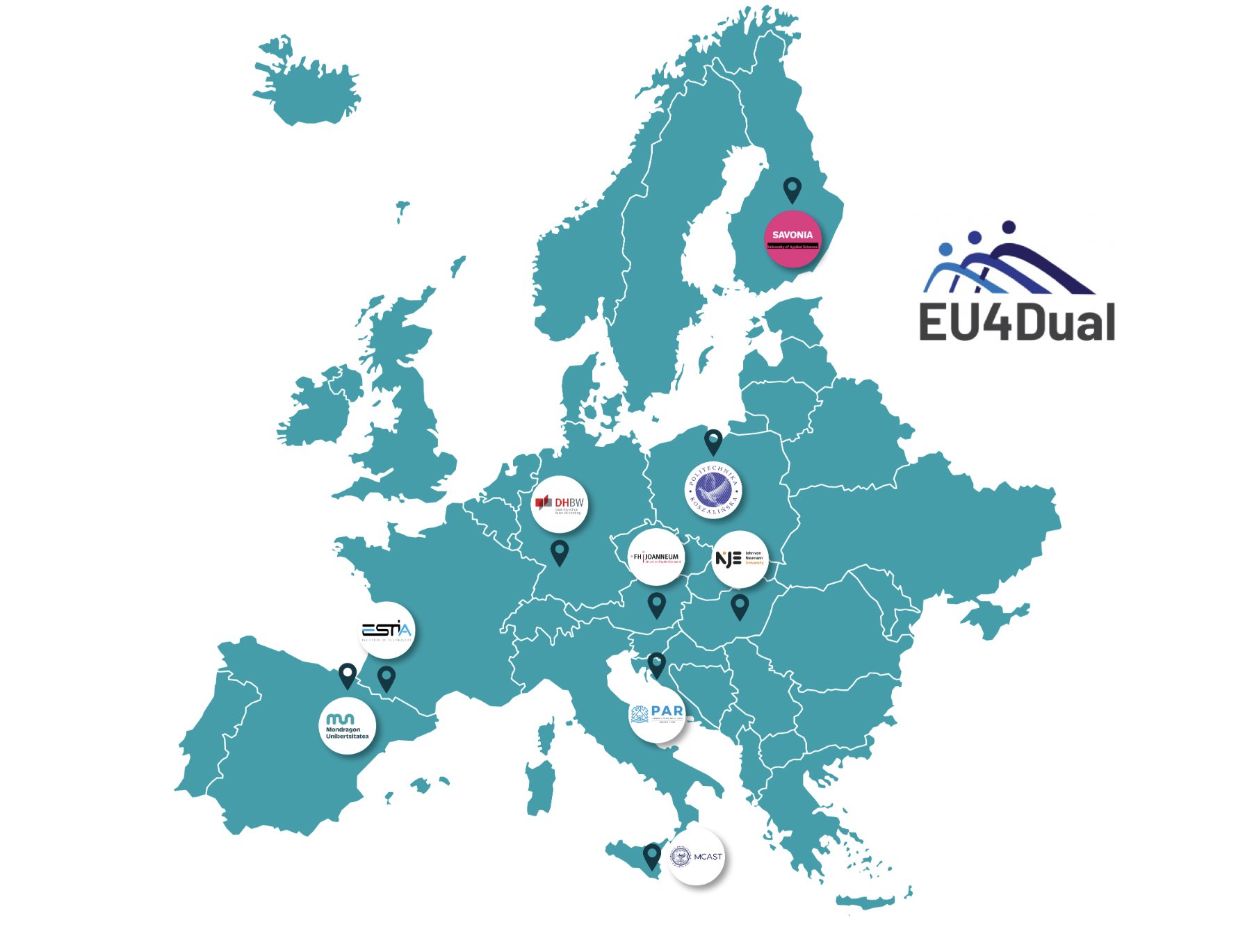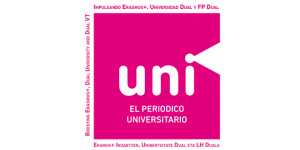The revolution in communications and transportation makes possible a world that is increasingly rich in languages, cultures, customs… This greater diversity has many charms, but it also creates some communication problems when – traveling or in our own city – We meet people who speak a language different from ours. Artificial intelligence has done its homework and now we have devices that can be very useful in these types of situations.
It is true that we already have search engine translators and some apps at our disposal, but the Timekettle company wanted to go one step further and present two digital interpreters that are as easy to use as they are effective. Both allow us to start a conversation without problem in a wide variety of languages, even with their own accents. We have had the opportunity to try them for a few weeks and we are going to summarize what our experience with them has been like.
The first is the Timekettle T1mini (169.99 euros), which we can compare with a small mobile phone, also with a 2.83-inch touch screen. In fact, it has a built-in SIM card and a year of data, although it is best to be able to use it with a WiFi connection. Once turned on, just choose the pair of languages we need and press a button when we are going to start speaking. Instantly, what we have said and its corresponding translation into English, Chinese, Japanese, Arabic or Russian will appear on the screen… Also immediately a voice will reproduce that content in that new language so that the other person understands us. . This is the fastest mode it offers: just press the button that activates its dual microphone to start talking and it starts translating. The T1 mini also comes equipped with a 5 MP rear camera with which we can take images of posters, restaurant menus or any text and it will also translate it for us instantly.
The device, when we turn it on for the first time, gives us the option of downloading the first language packs of between 36 languages and 88 accents. To give an example, only of Spanish we find the varieties of Spain, United States, Honduras, Nicaragua, Panama, Costa Rica, Argentina, Chile, Bolivia, Colombia, Dominican Republic, Ecuador, Guatemala, Peru, Puerto Rico, Paraguay, Uruguay, Venezuela and El Salvador. Within the co-official languages of Spain, we also find Catalan. And if we are planning a trip, it will help us with Hindi, Indonesian, Thai, Korean, Japanese, Chinese… All of these languages are available when we are connected to the Internet, although in offline mode we also keep 13 language pairs between those that are the most in demand. In our case, we can translate offline from Spanish to English and Chinese. Allows you to download a maximum of four language packs to work in offline mode with the device. For this reason, as we mentioned before, it is best to be able to use the device with a WiFi connection, where the options multiply. We can record the conversations we have to have a record of them later, if we need it.
As for the second Timekettle device we want to talk about, the WT2 Edge, it is even more advanced, hence its price (349.99 euros) and in this case it is a two-headphone system. The two are paired via Bluetooth to a mobile phone with the specific application already downloaded and each of the interlocutors puts on one of these headphones. In this case, 40 languages are offered online with 93 accents and 8 languages if we are without a network connection. The interpretation is simultaneous, although we can choose if we want to delay the audition for a moment to make it consecutive.
With the WT2 Edge headphones, two people can be talking at the same time and both will hear in their language what the other is trying to say. Let’s say that the rhythm of the conversation and interpretation is free, we can set it. Thus, if we want to have a more leisurely conversation, we can press and hold the button included in the headset to indicate when we start and finish talking. In this mode, the other headset is muted and focuses attention on that interlocutor. And then the same thing will be done in the response.
We also have a speaker mode to ask quick questions when we are traveling and otherwise listening, which translates what we hear into our ears. This last option is ideal for when we attend a conference or session in another language.
Both devices are already being used in police stations and in schools with a lot of linguistic diversity, where teachers have to communicate with parents of students who are still in the process of disintegration and do not know the language. We imagine that, if needed, even in some parliament they could fulfill their function…













